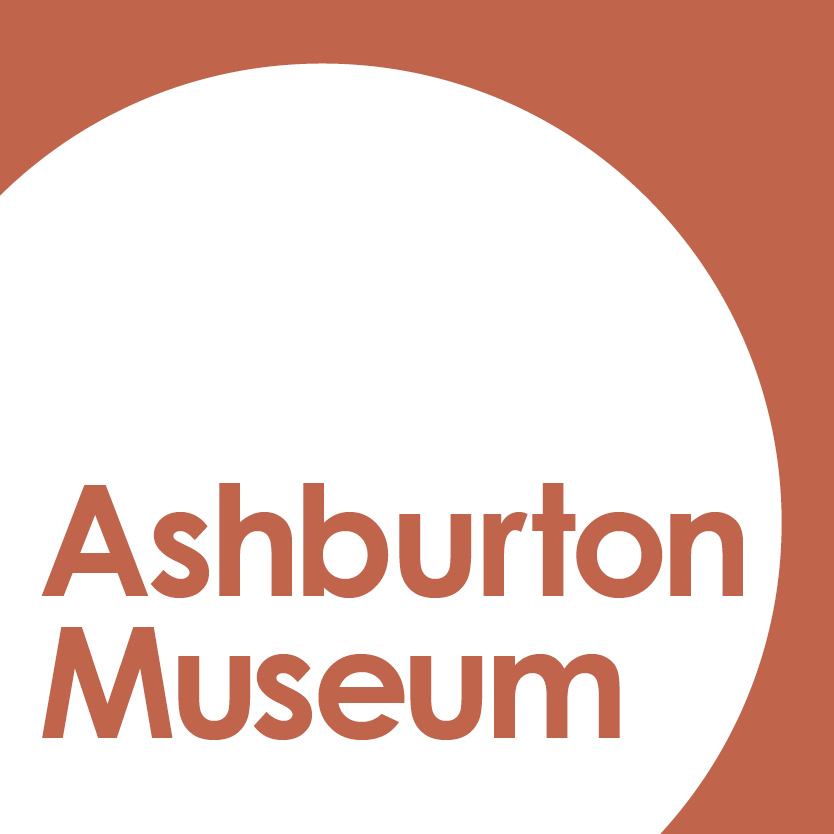There were a few gaps in the ranks of the Ashburton Temperance Band when it joined a street parade to the Theatre Royal as a prelude to the town’s first patriotic concert on 19 August 1914 – a small sign bigger of things to come.
For four years, war’s disrupting tentacles reached further and further into the country’s homes, businesses, workplaces, professions, and all manner of leisure pursuits. Male-dominated activities, of course, were most affected and the band movement was almost exclusively male.
All in all, the Temperance Band fared not too badly throughout the war years. Some 25 members served overseas, several were wounded, but all returned. Even so, filling the local ranks to maintain about 25 to 30 players was difficult enough without patriotisms increasing demands on the Band’s services.
Stalwarts of the Band – men beyond enlistment age or unsuited for war service – carried a heavier and heavier load. Already in 1915, SB Dennis, the Band’s conductor, started a junior band to bring on promising players.
Bandsmen HA Philpott and H Christensen enlisted immediately, followed by DH Moore. Five were farewelled the next year. 18 men had departed by the beginning of 1917 and the number continued to rise. All were given fitting send-offs, a variety of parting gifts, and wished a safe return.
New bands
News of departed bandsmen occasionally appeared in the Guardian. Some served with regimental bands, others served in the front lines. Christensen and Philpott were selected for the new band attached to the Canterbury Regiment, Main Expeditionary Force. Moore was a bugler with the 1st Reinforcements. G Hosken, junior, and C Jessop went into the band of the 3rd Battalion of the Rifle Brigade.
One of the most exciting moments for the memebrs was the success of the band of the 2nd Battalion, Rifle Brigade, in the military display at a competition held in France in June 1918. The band’s drum-major, responsible for all the drill and marching manoeuvres involved, was Ashburton’s WR Tucker.
The Band had other associations with the war besides these rather ‘personal’ interactions. In 1915 it became the band of the Ashburton Civil Defence Corps. This secured a small grant from the Defence Ministry for services at parades. Becoming the regimental band of the territorial 8th South Canterbury Mounted Rifles a year later brought a more direct connection with the war effort – and an increased grant and additional duties.
Besides attending regimental parades and special occasions, the Band was involved in lengthy training camps although the bandsmen did not carry arms or participate in battle manoeuvres.
The Band still maintained a civic role. Its most consistent task was to escort Ashburton’s enlisted men from the Drill Shed to the railway station as they began the journey to the Trentham or Featherston military camps. Between 1915 and 1918 some 40 drafts left Ashburton to join the Reinforcements. Along East Street they marched, crowds cheering, business temporarily suspended, the Band in front. At the station, patriotic tunes boosted the morale of those departing, their families and supporters. “Tipperary” and “Auld Lang Syne” were favourites, and as the train moved away the Band played on. Happier moments came when they were on hand at the station to welcome returning local soldiers.
But the impact of war went deeper. The experience and expertise lost with the enlisted bandsmen must have affected performance standards. By 1917 every effort had to be made to maintain a state of efficiency. Financially, the Band suffered as many pre-war fee-paying engagements transformed into patriotic affairs with payment for services waived. The Council’s small allowance for municipal open-air concerts supplemented the Defence grant but always there was the cost of instrument maintenance and additions to repertoire.
The Band’s activities in 1918 seem representative of its wartime load. It turned out on 64 occasions – 11 for reinforcements (departures and welcomes) and 53 civic and military/patriotic appearances for pictures, shows, races, sports, military funerals and municipal concerts, plus twice-weekly practices. In an appreciative gesture Mayor R Galbraith personally presented the Band with the music of a new march in 1917. Public gratitude came at war’s end by supporting the Band to eventually raise over £700 (about $67,500 today) for a set of new instruments. No better thanks was possible.
Brian W Pritchard
Captions
- The Temperance / CD Corps Band at the south end of Ashburton’s first railway station. Before 1917
- The Ashburton Temperance Band on the eve of WW1. Third row from front DH Moore at end left and H Christensen at end right; back row WR Tucker (drum-major) fifth from left.
- Men of the 27th Reinforcement draft, led by the Band, on their to the railway station. They would be kitted-out on arrival at the military camp. March, 1917.




Leave a comment